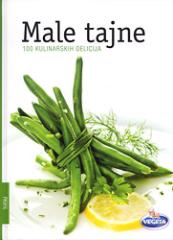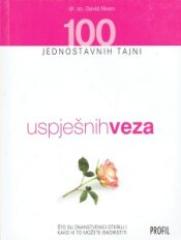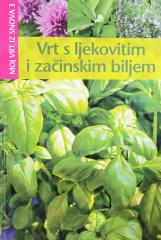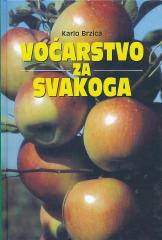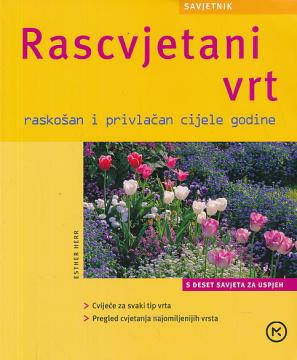
Rascvjetani vrt, raskošan i privlačan cijele godine
Which plants would suit your garden? How many seedlings do you need? What types, shapes and colors combine best? These are just some of the questions you need to find answers to, and this guide will help you with that.
A flower bed can consist of a wide variety of plants. However, in principle, perennials play the main role. Flower beds along paths and edges of the garden made up of a mixture of perennials, shrubs, annuals and biennials have many advantages over flower beds of only one species. The most important thing is that you will find it easier to maintain the attractiveness of such mixed flower beds all year round.
Perennials or annuals? Perennials are herbaceous plants that are resistant to winter conditions, the above-ground parts of which usually die back during the winter. However, each species has its own life cycle. Compared to annuals, which appear constantly in the summer months, perennials usually bloom for a relatively short time. For this reason, the flowering time of different species extends throughout the year, so they should be combined so that one species replaces the other with its flowering.
Roses or other shrubs bring a completely different quality to flower beds. They give the planting a solid structure and keep it attractive even in winter. In this case, evergreens dominate, as most perennials have retired. The rest of the year, shrubs form the perfect frame for colorful flowers...
No copies available
The last copy was sold recently.
